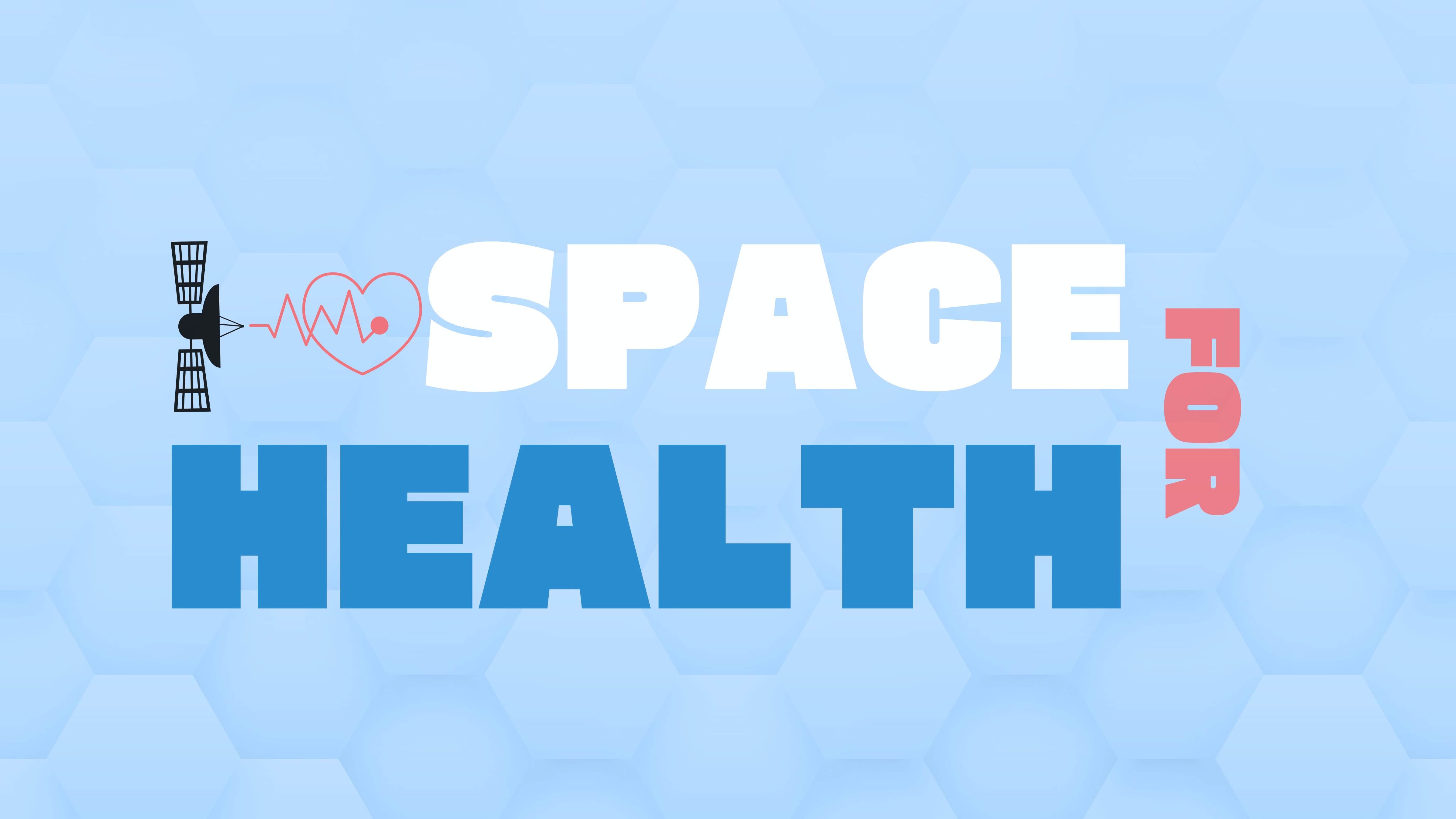Space 4 Health: Space-based solutions for telehealth services, supporting healthcare and emergency response.

Given its past activities, Eurisy has a unique opportunity to gain a valuable insight into the end-user communities’ needs and challenges within the healthcare and emergency sectors.
Today people live longer, by 2060, one in three Europeans will be over 65 years old. In the workforce, the ratio of 4 active to 1 inactive is expected to go down to 2 to 1. A rising demand of health, social and informal care services is estimated to increase public healthcare budgets on average by 1-2% per year by 2060.
Health is an extensive and complex domain, spanning across sectors, institutions, products and services, it involves many and diverse stakeholders. From hospitals, to insurance companies, providers, manufacturers, telecommunications and software producers, there is no shortage of potential cross-sector innovation. Whether they are addressing planning, prevention, early warning or health-care delivery, numerous applications and technologies have been successfully tested in recent years.
Unlike other sectors, healthcare is strongly regulated and very much evidence-driven. Thus, healthcare providers and potential users may need a considerable amount of evidence of the new technologies’ clinical and economic benefits before they would consider scaling up their adoption. Why change something that already works? And there is also here some resistance to change to overcome. Poor transport connectivity, lack of nearby medical facilities and doctors, together with limited broadband and/or mobile coverage are common to many European regions. Telecommunications satellites could certainly contribute to bridging this digital gap. The COVID-19 pandemic has been a huge challenge for the healthcare sector and the practice of medicine all around the world.
The necessity to respect social distancing, together with the overall restrictive measures, have provided momentum to a rapid and global development of telemedicine and other satellite based solutions. Building on the recommendations developed in 2017 at the Future Health Conference, users should be continuously consulted about their needs to help build a market that is user-centric rather than push new technological solutions.
Eurisy has been proactive during the rapid COVID-19 outbreak in Europe in communicating about how the space community responded to this unprecedented situation, as well as by evaluating potential satellite-based solutions during this sanitary crisis.
Telehealth
The topic of health has been addressed by Eurisy since 2017, mostly tackling the challenges faced by health institutions in the exploitation of telemedicine services.
The topic of telemedicine has been investigated and recommendations have been defined, including:
- Reduce policy gaps across the EU Member States, favouring the legal recognition of telemedicine as a medical act, introducing and/or improving reimbursement schemes for the patients and favour policy measures to reduce the gap with unconnected areas, like rural areas or the so-called white areas. Favour the interoperability standards in future regulation and set-up a procurement system to allow medical services according to the user needs.
- Build long-term user-centric solutions, favouring a technology-pull approach rather than a technology push. Involving users would be beneficial to increase the trust of the telemedicine solutions.
- Favour the integration of satellite-based technologies in existing solutions and create the right framework to support the go-to-market phase of new innovative projects destined to the national market.
Search & Rescue
With regard to the Rescue domain it is worth recalling that in 2018 alone, 293.510.378 calls to the emergency services were registered in the European Union. Out of the total, 73% were made from a mobile phone, significantly outweighing calls from fixed lines. Like many other communities, emergency services share common challenges and needs.
In many emergency cases, no matter the season or whether these occur in urban, rural or outdoor remote locations, their successful resolution is driven by one key information factor – the emergency caller’s location. An accurate caller location in case of an emergency is one of the most significant pieces of information an emergency call-taker can use and every minute counts in these critical situations.
Despite the numerous benefits of AML and the technology being readily available at modest costs, only 17 countries have proceeded to implemented it fully or partially (as of August 2019 AML was implemented in Austria, Belgium, Estonia, Finland, Ireland, Lithuania, the Netherlands, Malta, Slovenia, Denmark, Sweden, United Kingdom). The Commission contributes currently to this development by financing AML deployment in Germany, France, Croatia, Hungary and Portugal).
According to the 2018 “Implementation of the single European emergency number 112 – Results of the twelfth data-gathering round” report, it is expected that by 2020 more than half of Member States would have fully deployed AML handset-based location technology. The current national legislations on handling emergency calls (which is a competency pertaining to local governments) are however at the heart of the legislative hurdles and implementation delays.
While it is clear to users that the technology helps save lives and adds convenience to emergency response procedures, its implementation is nevertheless hindered.
